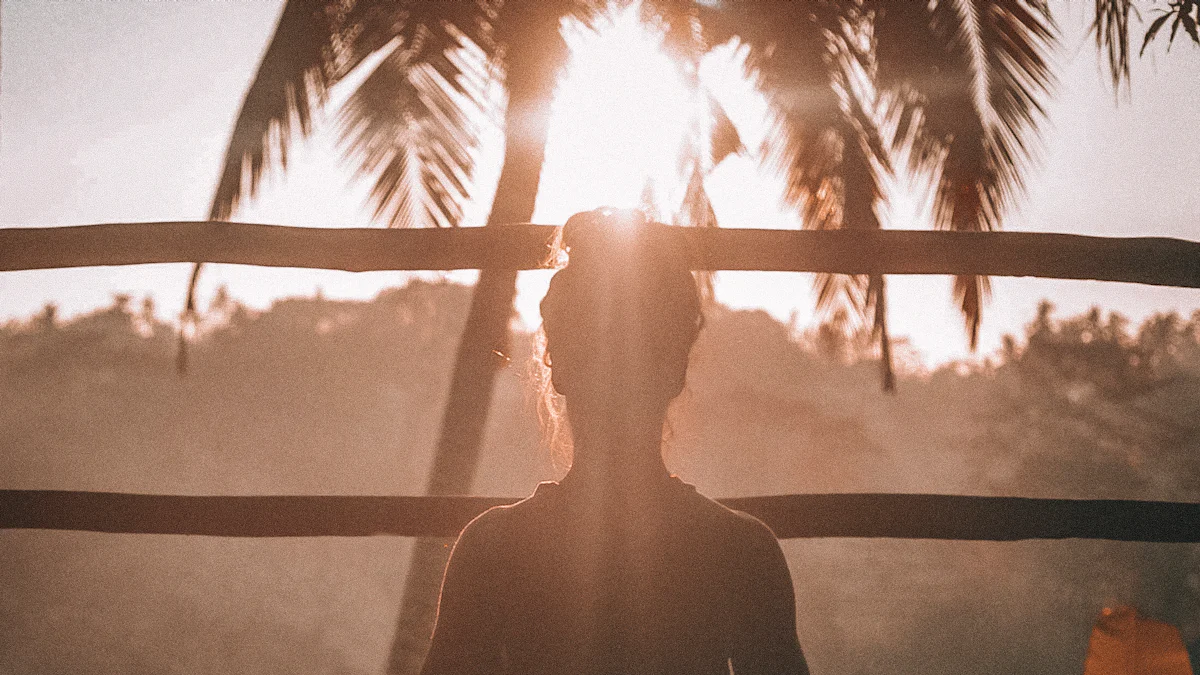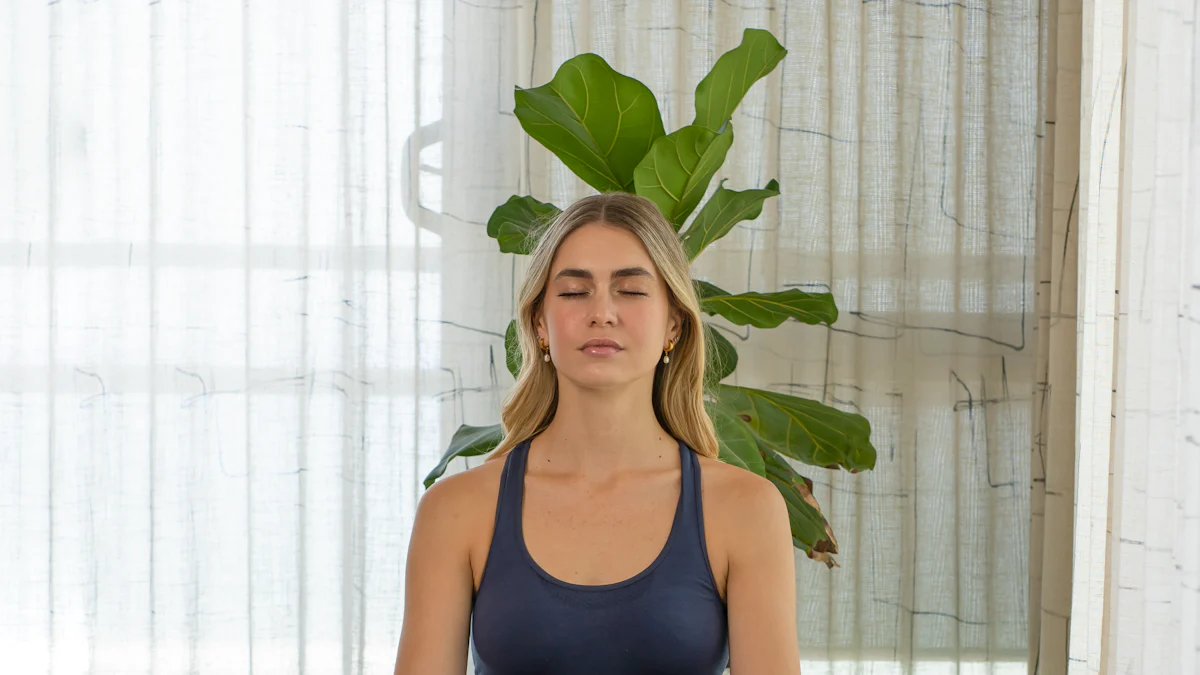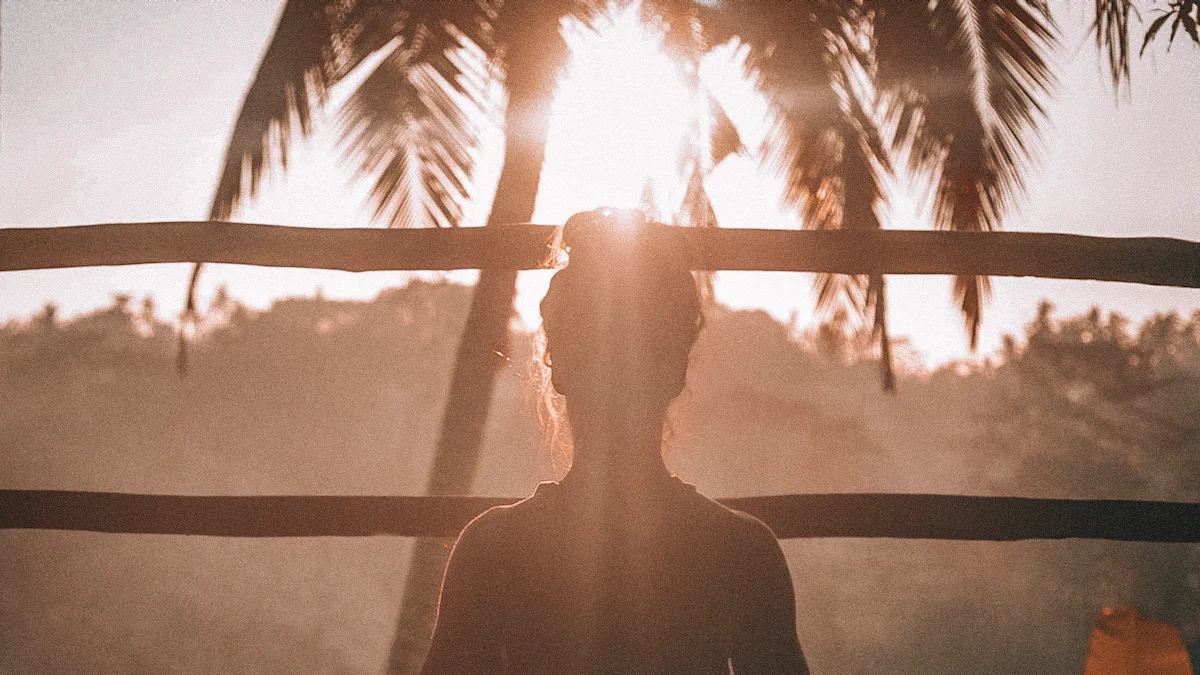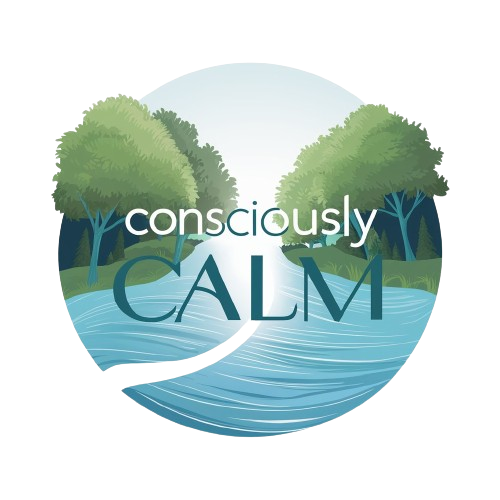10 Essential Meditations for a Stress-Free Vacation

Meditation can make your vacation stress-free. Adding meditation to your daily routine on vacation has many benefits. Meditation can reduce stress, make you feel better, and help you sleep well. Using mindful techniques helps you stay in the moment and enjoy your trip. The aim is a stress-free vacation with these practices. Learn about the top 10 meditations for a calm and refreshing vacation.
1. Mindful Breathing

Description
What is Mindful Breathing?
Mindful breathing means focusing on your breath to stay present. You pay attention to each breath in and out. You can do this anywhere, making it great for vacations.
Benefits of Mindful Breathing
Mindful breathing helps reduce stress and anxiety. Studies show it works well for lowering stress. The American Psychological Association says mindfulness meditation helps manage stress. It can also boost your mood and help you relax.
How to Practice
Step-by-Step Instructions
Find a quiet place to sit or lie down.
Close your eyes and breathe in deeply through your nose.
Breathe out slowly through your mouth.
Focus on how your breath feels going in and out.
If you get distracted, gently refocus on your breath.
Do this for 5-10 minutes.
Tips for Beginners
Start with short sessions of 2-3 minutes, then increase time.
Sit or lie down in a comfy position.
Use a timer to know how long you've practiced.
Be patient; mindfulness takes practice.
Mindful breathing is one of the best meditations for a calm vacation. Try this simple method to make your trip better.
2. Body Scan Meditation
Description
What is Body Scan Meditation?
Body scan meditation means focusing on parts of your body. Start at your toes and move to your head. This helps you notice how your body feels. You can do this lying down or sitting.
Benefits of Body Scan Meditation
Body scan meditation lowers stress and anxiety. Studies show it reduces cortisol, the stress hormone. It also helps you relax and sleep better. Doing it often makes you feel more in touch with your body.
How to Practice
Step-by-Step Instructions
Find a quiet place to lie down or sit.
Close your eyes and breathe deeply.
Focus on your toes and notice any feelings.
Move attention to feet, ankles, then calves.
Keep scanning each part of your body upward.
Spend time on each area without judging it.
If distracted, refocus on your body gently.
End by breathing deeply and opening eyes slowly.
Tips for Beginners
Start with 5-10 minute sessions.
Use guided meditations if needed.
Practice in a quiet, comfy place.
Be patient; mindfulness takes time.
Body scan meditation is great for a calm vacation. It helps you relax and stay present during your trip.
3. Loving-Kindness Meditation
Description
What is Loving-Kindness Meditation?
Loving-Kindness Meditation helps you feel kind and loving. You think good thoughts for yourself and others. This can make you feel happier and more peaceful.
Benefits of Loving-Kindness Meditation
This meditation makes you feel more positive and less negative. It helps you feel love, joy, and thankfulness. Doing this can lower stress and make you feel better emotionally. Studies show it reduces self-criticism and sadness. People who do it often feel closer to others and less upset.
How to Practice
Step-by-Step Instructions
Sit in a quiet place.
Close your eyes and breathe deeply.
Think kind thoughts for yourself: "May I be happy, healthy, safe."
Think the same for someone you love.
Send these wishes to a neutral person like a coworker or neighbor.
Send kind thoughts to someone you have conflicts with.
Finally, send love to everyone.
Breathe deeply again and open your eyes slowly.
Tips for Beginners
Start with 5-10 minute sessions.
Use guided meditations if needed.
Find a quiet, comfy place to practice.
Be patient; it takes time to develop loving-kindness.
Loving-Kindness Meditation is one of the best for a stress-free vacation. It helps create good feelings and lowers stress during your trip.
4. Guided Imagery

Description
What is Guided Imagery?
Guided imagery uses your imagination to make calm pictures in your mind. This helps you see a peaceful place, which can lower stress and help you relax. You can do this anywhere, so it's great for vacations.
Benefits of Guided Imagery
Guided imagery has many benefits for reducing stress and feeling better. Studies show it lowers stress and helps you focus. Research in the journal Sensors found it increases alpha brainwaves, which improve focus and relaxation. Doing guided imagery often can make you feel more relaxed on vacation.
How to Practice
Step-by-Step Instructions
Find a quiet place to sit or lie down.
Close your eyes and take deep breaths.
Imagine a peaceful place like a beach or forest.
Focus on details: colors, sounds, smells.
Picture yourself there, feeling calm.
Spend 5-10 minutes visualizing this scene.
If distracted, gently refocus on the image.
Open your eyes slowly and breathe deeply before moving on.
Tips for Beginners
Start with short 5-minute sessions.
Use recordings if needed.
Pick a scene that makes you happy.
Practice in a comfy, quiet spot.
Be patient; it gets easier with time.
Guided imagery is one of the best meditations for a stress-free vacation. It helps you mentally escape and fully enjoy your trip.
5. Walking Meditation
Description
What is Walking Meditation?
Walking meditation means walking slowly and paying attention. Focus on each step and how your body feels. This helps you stay aware of where you are. You can do this anywhere, making it great for vacations.
Benefits of Walking Meditation
Walking meditation has many benefits. It lowers stress and sadness. It makes you feel better and control your emotions. Doing it often improves focus, memory, and thinking. It also helps with mental health.
How to Practice
Step-by-Step Instructions
Find a quiet place to walk.
Stand still and breathe deeply.
Walk slowly and pay attention.
Notice each step and how your feet feel.
Look around without judging anything.
If distracted, refocus on your steps gently.
Walk for 5-10 minutes.
End by standing still and breathing deeply.
Tips for Beginners
Pick a quiet spot to practice.
Focus on what you see and hear.
Notice thoughts but don't react to them.
Feel the sensations in your body.
Be patient; mindfulness takes time.
Walking meditation is one of the best ways to have a stress-free vacation. It helps you stay present and enjoy your trip more fully.
6. Progressive Muscle Relaxation
Description
What is Progressive Muscle Relaxation?
Progressive Muscle Relaxation (PMR) means tightening and then loosening muscles. This helps you notice tightness and let it go. You can do PMR anywhere, so it's great for vacations.
Benefits of Progressive Muscle Relaxation
PMR lowers stress, worry, and sadness. Studies show PMR reduces stress a lot. Research from Dove Medical Press says PMR helps mental health over time. Doing it often makes you feel better and more relaxed.
How to Practice
Step-by-Step Instructions
Find a quiet place to sit or lie down.
Close your eyes and breathe deeply.
Start with your toes. Tighten them for five seconds.
Let go and feel the relaxation.
Move to your calves. Tighten for five seconds, then relax.
Keep doing this up your body: thighs, belly, chest, arms, face.
Spend more time on tight areas.
End by breathing deeply and opening your eyes slowly.
Tips for Beginners
Start with short 5-10 minute sessions.
Use guided PMR recordings if needed.
Practice in a comfy, quiet spot.
Focus on how relaxed you feel after letting go of tension.
Be patient; it takes time to get good at relaxing.
Progressive Muscle Relaxation is one of the best meditations for a stress-free vacation. It helps you let go of tightness and enjoy your trip more fully.
7. Yoga Nidra
Description
What is Yoga Nidra?
Yoga Nidra, or "yogic sleep," means relaxing while awake. You lie down and listen to instructions to relax deeply. This helps you feel calm, like between being awake and asleep.
Benefits of Yoga Nidra
Yoga Nidra helps with stress and feeling good. It can make you sleep better and reduce stress. It also helps with insomnia, long-term illnesses, and heart problems. Doing Yoga Nidra can help with bad habits and mental health too.
How to Practice
Step-by-Step Instructions
Find a quiet place to lie down.
Close your eyes and breathe deeply.
Listen to a guided Yoga Nidra recording.
Focus on each part of your body from toes up.
Imagine a calm place in your mind.
Stay aware but don't fall asleep.
Do this for 20-30 minutes.
Slowly wake up and open your eyes.
Tips for Beginners
Start with 10-15 minute sessions.
Use a comfy mat or bed.
Practice in a quiet, dim room.
Follow recordings to stay focused.
Be patient; you'll get better at relaxing.
Yoga Nidra is one of the best meditations for a stress-free vacation. It helps you relax deeply and enjoy your trip more fully.
8. Sound Meditation
Description
What is Sound Meditation?
Sound meditation uses sounds to help you relax and focus. You listen to calming sounds like singing bowls, gongs, or nature sounds. The vibrations from these sounds help calm your mind and body. Many people find sound meditation soothing and easy to practice.
Benefits of Sound Meditation
Sound meditation offers many benefits. It helps reduce tension, anger, fatigue, anxiety, and depression. Research from the Journal of Evidence-Based Integrative Medicine found that an hourlong sound meditation increased spiritual well-being. Regular practice can help you feel more relaxed and centered during your vacation.
How to Practice
Step-by-Step Instructions
Find a quiet place to sit or lie down.
Close your eyes and take deep breaths.
Play calming sounds like singing bowls, gongs, or nature sounds.
Focus on the vibrations and tones of the sounds.
Let the sounds wash over you and relax your mind.
If distracted, gently refocus on the sounds.
Continue for 10-20 minutes.
Open your eyes slowly and take a few deep breaths before moving on.
Tips for Beginners
Start with short sessions of 5-10 minutes.
Use headphones for a better experience.
Choose sounds that make you feel calm and happy.
Practice in a comfortable, quiet spot.
Be patient; relaxation takes practice.
Sound meditation is one of the top 10 meditations for a stress-free vacation. It helps you relax deeply and enjoy your trip more fully.
9. Chakra Meditation
Description
What is Chakra Meditation?
Chakra meditation focuses on seven energy spots in your body. Each spot, or chakra, links to different parts of your life. Balancing these chakras helps you feel good and peaceful.
Benefits of Chakra Meditation
Chakra meditation has many benefits. Doing it often can make you more mindful and less stressed. A study in 2019 showed that practicing twice a week for six weeks made people more mindful, less stressed, healthier, and with fewer health problems. This practice helps you feel balanced and calm during your vacation.
How to Practice
Step-by-Step Instructions
Find a quiet place to sit or lie down.
Close your eyes and breathe deeply.
Imagine a glowing light at the base of your spine (Root Chakra).
Move the light up to your lower belly (Sacral Chakra).
Move the light to your upper belly (Solar Plexus Chakra).
Focus on your heart area (Heart Chakra).
Move the light to your throat (Throat Chakra).
Picture the light at your forehead (Third Eye Chakra).
Finally, focus on the top of your head (Crown Chakra).
Spend a few minutes on each chakra, imagining the light and feeling its energy.
End by taking deep breaths and slowly opening your eyes.
Tips for Beginners
Start with short sessions of 5-10 minutes.
Use guided meditations if needed.
Practice in a comfy, quiet place.
Focus on one chakra at a time if it's too much.
Be patient; balancing chakras takes time.
Chakra meditation is one of the best ways for a stress-free vacation. It balances your energy and makes you feel better, making your trip more fun.
10. Mantra Meditation
Description
What is Mantra Meditation?
Mantra meditation involves repeating a word or phrase to focus the mind. This practice helps you stay present and calm. You can use any word or sound that feels soothing.
Benefits of Mantra Meditation
Mantra meditation offers many benefits. It reduces stress and anxiety. Studies show it improves attention and executive functions. Regular practice can enhance well-being and mindfulness. This meditation can help you feel more centered during your vacation.
How to Practice
Step-by-Step Instructions
Find a quiet place to sit comfortably.
Close your eyes and take deep breaths.
Choose a mantra, like "Om" or "Peace."
Repeat the mantra silently or aloud.
Focus on the sound and vibration of the mantra.
If distracted, gently return to the mantra.
Continue for 10-20 minutes.
Open your eyes slowly and take a few deep breaths.
Tips for Beginners
Start with short sessions of 5-10 minutes.
Use a simple mantra that feels calming.
Practice in a comfortable, quiet spot.
Be patient; focus improves with time.
Mantra meditation is one of the top 10 meditations for a stress-free vacation. It helps you stay calm and enjoy your trip more fully.
Meditation helps make your vacation stress-free. Trying different ways to meditate can make your trip better. Do these practices every day on vacation to stay calm and focused. Enjoy each part of your trip with a peaceful mind. Use meditation for a relaxing and refreshing vacation.

